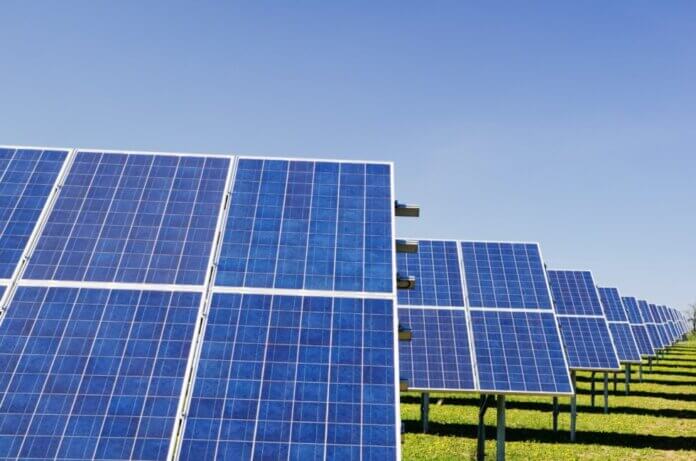Clir Renewables, a provider of performance assessment software for renewable energy, has launched its optimization platform for solar assets.
Responding to requests from its existing clients to open the firm’s AI-driven monitoring and optimization offering to multi-tech renewable portfolios, Clir will be phasing the roll-out of the solar platform over the coming months in order to guarantee the platform addresses the gaps in the solar market. In 2022, globally utility-scale wind and solar PV electricity generation could lose $22 billion from fixable technical underperformance issues.
“A lack of O&M innovation in recent years has resulted in project owners missing out on the performance potential of their solar assets,” says Gareth Brown, CEO of Clir.
“The market has become a race to the bottom, with everyone spending as little as possible on O&M and asset management – a key part of which is high-quality, comprehensive and properly-labelled data collection. This has not gone unnoticed by our long-standing wind clients that also hold solar assets,” he adds.
To date, solar O&M has been shaped by an over-reliance on inward-looking SCADA data. This data must be set in its geospatial context and be fed through a common model that considers all available on-site sensors or else owners simply do not know whether underperformance is due to a fault with the panel, cloud cover or shade caused by the immediate environment.
Clir’s artificial intelligence analyzes solar asset health and performance data in the context of their environment, building an algorithm designed to support owners in developing a true understanding of the behavior of each asset and its relationship not just to its peers, but to the fleet and, eventually, the industry as a whole. This means that asset owners can identify not only when there is underperformance, but the root cause.
Clir has been working to tackle the issue of industry-wide underperformance for wind since 2017, with the firm’s AI-driven analysis and expert team supporting asset owners in increased AEP by up to 5% across more that 6 GW of onshore and offshore wind – with multiple solar projects already onboarded for phase one.




